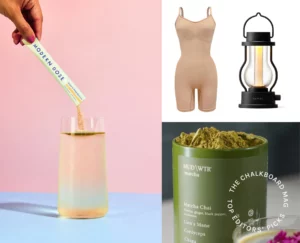
OUR WEEKLY BREAKDOWN of everything in our editors’ pantries, go-bags, bathroom cabinets, and wellness spaces that we’re obsessing over at the moment.
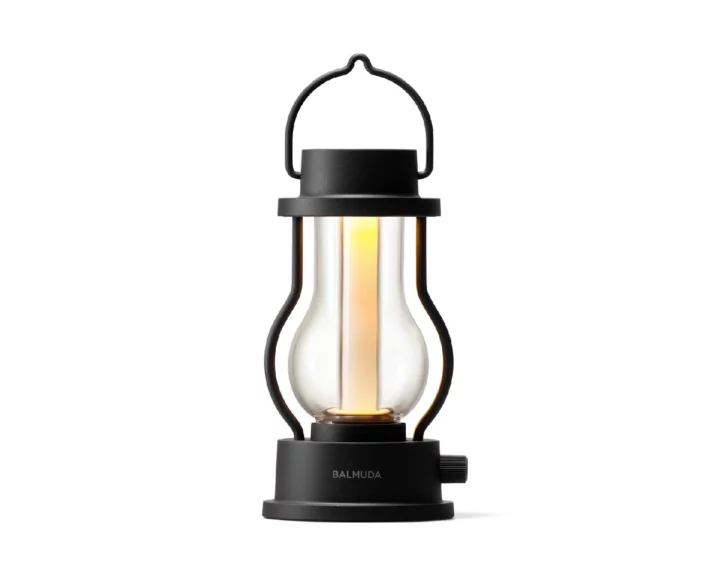 BALMUDA THE LANTERN |
BALMUDA THE LANTERN |
When we first heard about the Japanese-based brand Balmuda, their Toaster was making waves for its iconically simplistic design and next-level crisping capability for the perfect slice of toast.
Since then, they’ve expanded into simple, stay-in-the-present-style appliances that have been designed to make any home feel like a sanctuary. The Lantern is the latest in their collection to hit our proverbial desks, offering a variety of light settings (Candle, Amber + Warm White) for versatile mood lighting that can truly take your home (or outdoors) from day to night.
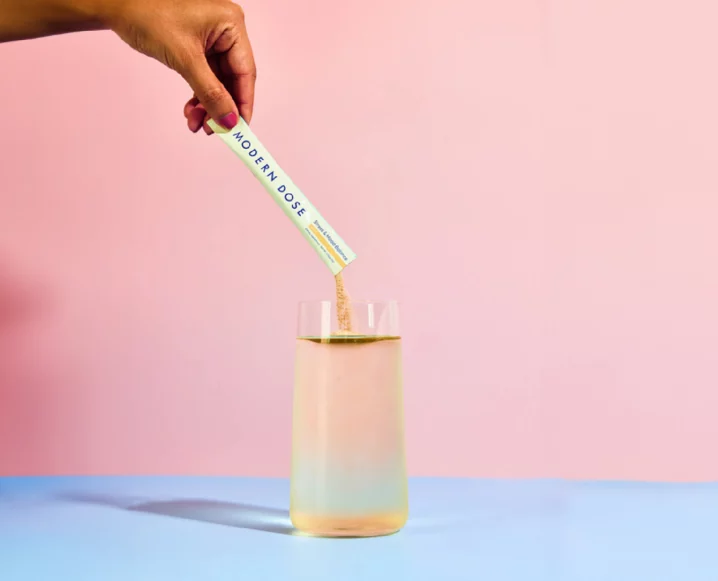 MODERN DOSE STRESS & MOOD BALANCE |
MODERN DOSE STRESS & MOOD BALANCE |
Who wants to have to swallow 11 pills at once just to maintain their daily health goals? Modern Dose, which literally just launched June 16th, has crafted an entire line of science-backed, drinkable formulations made up of synergistic vitamins, minerals, and botanical herbs. Each sachet has been tailored to meet specific health goals like better sleep, digestion, joint health, stress support, and brain health.
We tried the whole line and loved every single one, but Stress & Mood Balance stood out as one of our favorites (because maybe we’re more stressed than usual). Containing some of our greatest adaptogenic hits like ashwagandha, rhodiola, holy basil, and even saffron (which is 100% on the rise in the wellness space), this proprietary blend was seamless to take every day and became a consistent part of our routine.
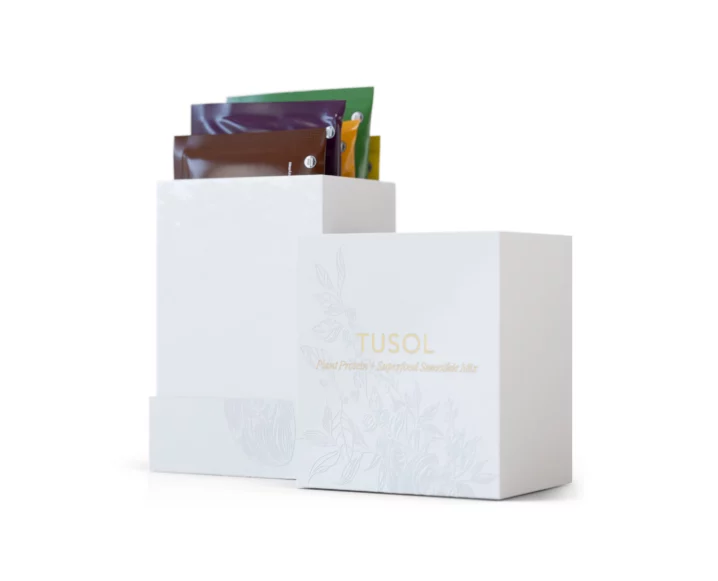 TUSOL WELLNESS GUT SMOOTHIE BOX |
TUSOL WELLNESS GUT SMOOTHIE BOX |
Even those of us who love crafting 100-ingredient smoothie concoctions in our kitchens know that optimizing your health can be a full-time job. TUSOL Wellness is taking the guesswork out of smoothie-making with the Gut Smoothie Box—aka our newest (and most favorite) meal replacement.
All four flavor profiles like Matcha + Ashwagandha, Cacao + Lion's Mane, Banana + Chaga Smoothie, and Turmeric + Ginger are backed by research and designed by a 3-Star Michelin chef to perfect taste (without compromising on health benefits). Each smoothie packet provides a highly-absorbable combination of plant protein, superfoods, probiotics, and enzymes that are perfectly-portioned, lab-tested for purity, and ready to drink in 60 seconds or less. With temperatures rising and free time lowering, Tusol is a no-brainer.
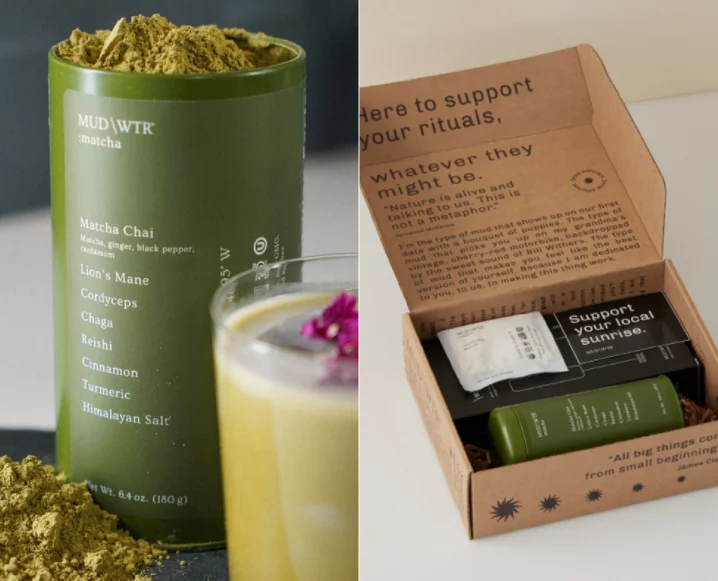 MUD/WTR MATCHA STARTER KIT |
MUD/WTR MATCHA STARTER KIT |
There’s nothing we love more than when two ancient healing powerhouses team up in an unexpected way. MUD/WTR, who helped to pioneer the “coffee alternative” space using high-quality, functional medicinal mushroom blends, has done it again—this time, with matcha.
MUD/WTR’s newest addition is for all of the matcha-lovers out there. Their Matcha Starter Kit is the ultimate brain boost for any midday slump with 55 mg of caffeine and 3,000 mg of organically grown mushrooms (chaga, reishi, lion’s mane, to name a few). It tastes like an earthy spicy chai, thanks to organic turmeric, ginger, black pepper, and cardamom for an iconic, anti-inflammatory latte that we’ll happily have hot or cold all year long.
 PROCLAIM MID-THIGH SHAPEWEAR BODYSUIT |
PROCLAIM MID-THIGH SHAPEWEAR BODYSUIT |
The future of shapewear is here and it’s plant-based. Proclaim is the world’s first plant-based shapewear, crafted from bio-based EVO® sourced from castor beans and creora® spandex (which means fewer microplastics, less waste, and reduced water use).
We got to sample their Mid-Thigh Bodysuit, which not only felt like a second skin, but it also added the perfect sculpt beneath our flowy summer garb (linen can be sheer, y’all). It’s super breathable, non-constricting, and highly inclusive, making this a brand to watch. Shapewear that helps to shape the future of the planet? We’re all in.
The post Plant-Based Shapewear, Mushroom Matcha + Summer Lighting appeared first on The Chalkboard.
from The Chalkboard https://ift.tt/5f8CZ4k
via IFTTT
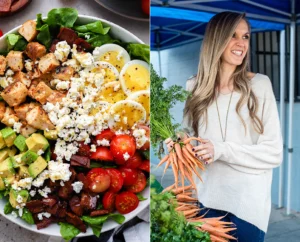
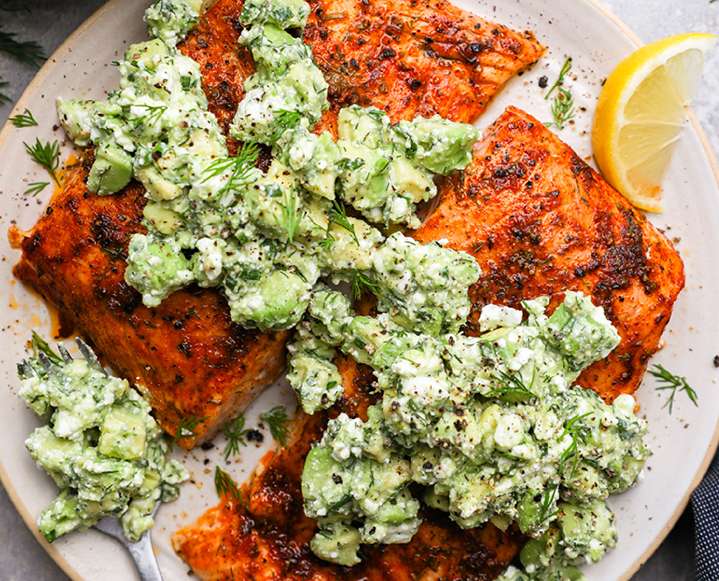 What's the most unique or unusual ingredient you've ever experimented with in your recipes?
What's the most unique or unusual ingredient you've ever experimented with in your recipes?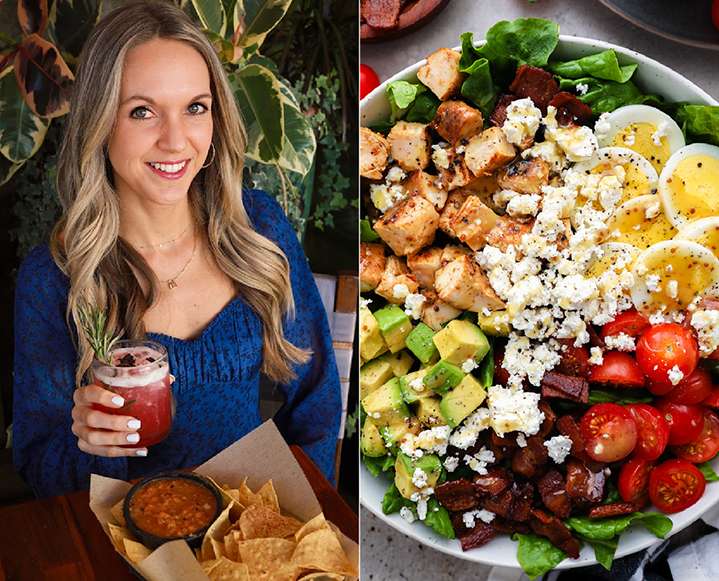 How did discovering and making a recipe for guacamole become a significant part of your healing journey?
How did discovering and making a recipe for guacamole become a significant part of your healing journey?
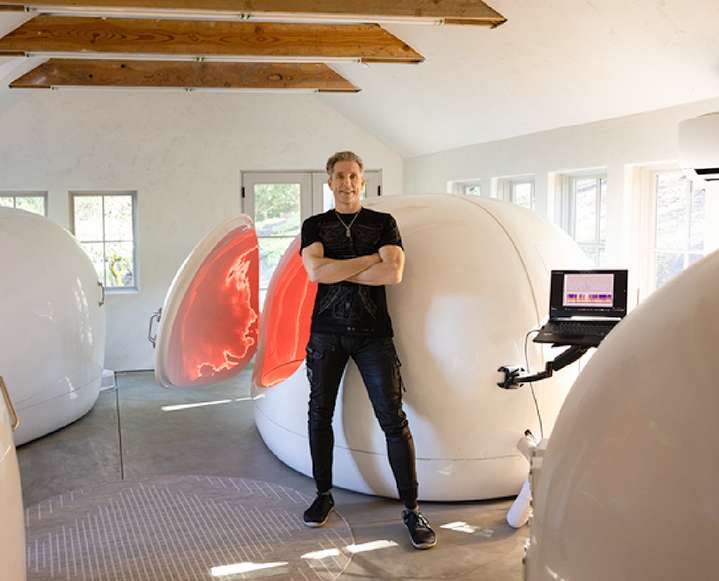
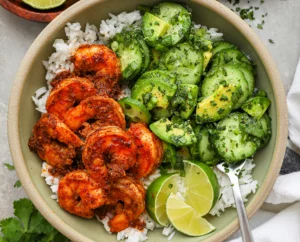

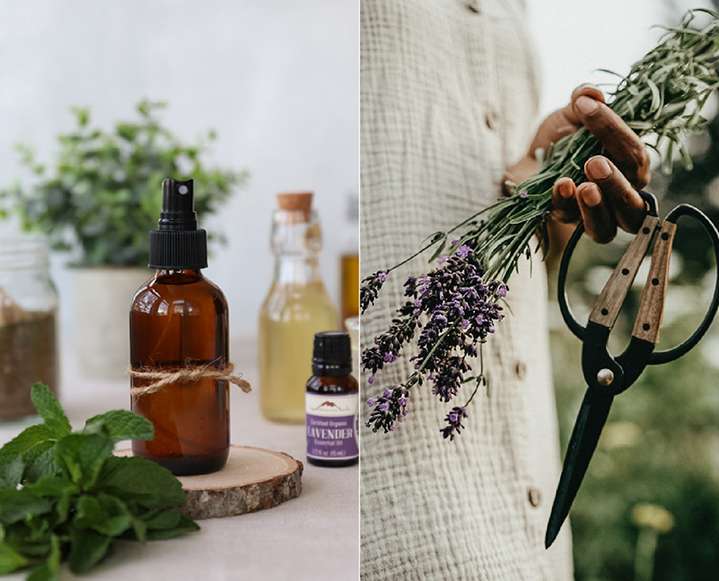


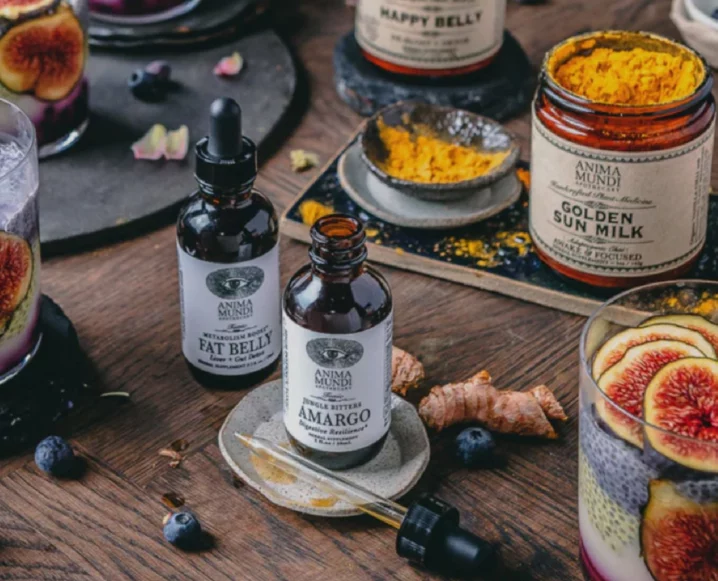 Leo
Leo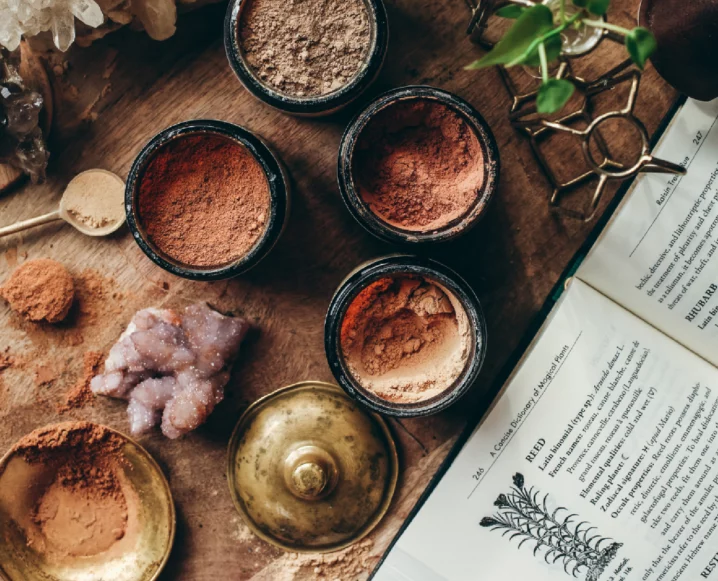 Sag
Sag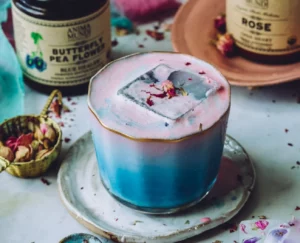
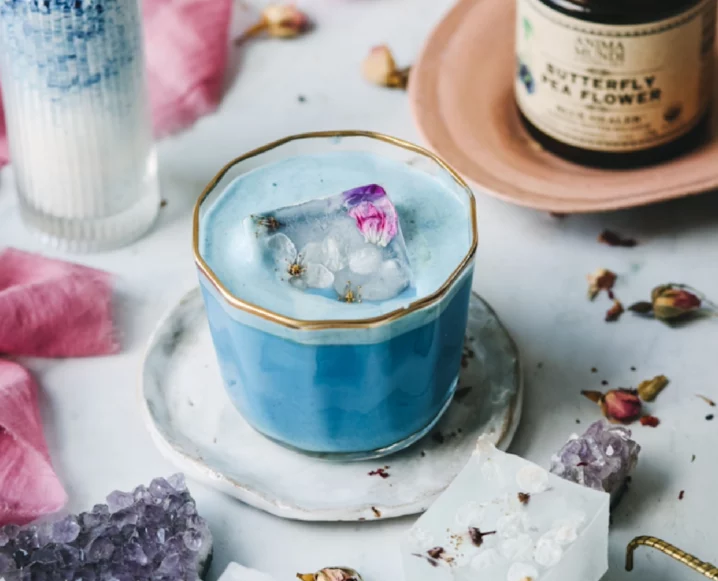



 Having outlined the importance of adjusting our lifestyle and environmental approaches for the betterment of our children's health, it's crucial to dive into specific, actionable insights that can further guide parents. Below are ten key lessons I've learned through my years of practice as an integrative pediatrician—each one offering valuable strategies and perspectives to help every parent support their child's health journey more effectively by integrative pediatrician expert:
Having outlined the importance of adjusting our lifestyle and environmental approaches for the betterment of our children's health, it's crucial to dive into specific, actionable insights that can further guide parents. Below are ten key lessons I've learned through my years of practice as an integrative pediatrician—each one offering valuable strategies and perspectives to help every parent support their child's health journey more effectively by integrative pediatrician expert:

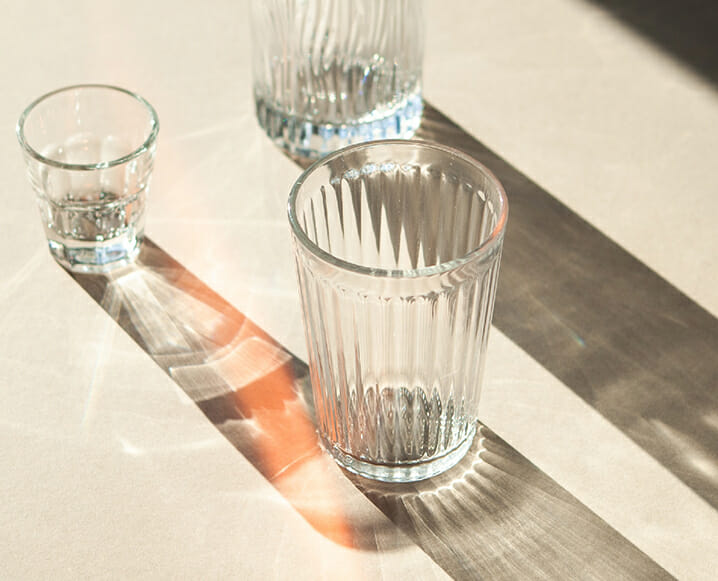 But Isn't Salt Bad For Us?
But Isn't Salt Bad For Us?

